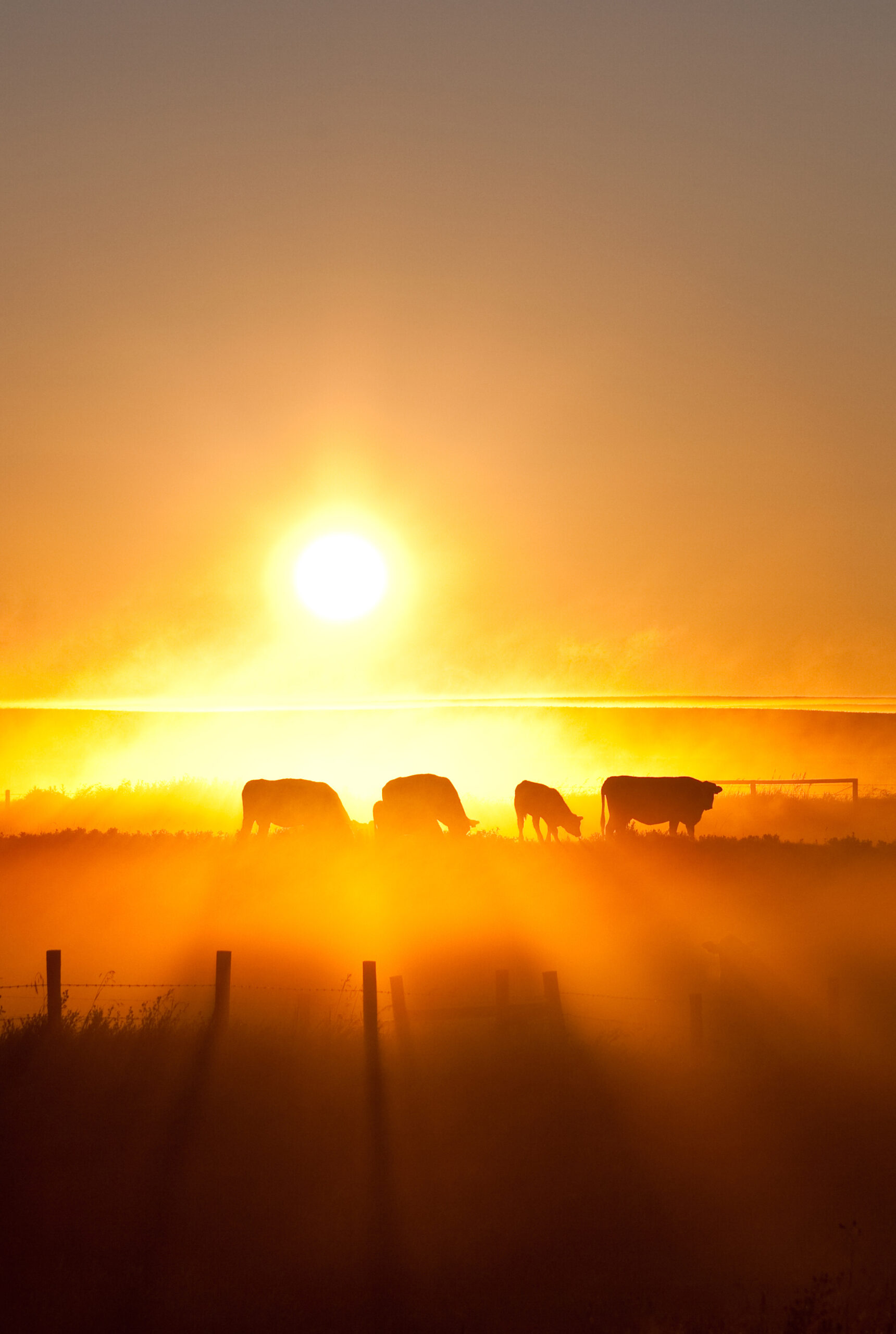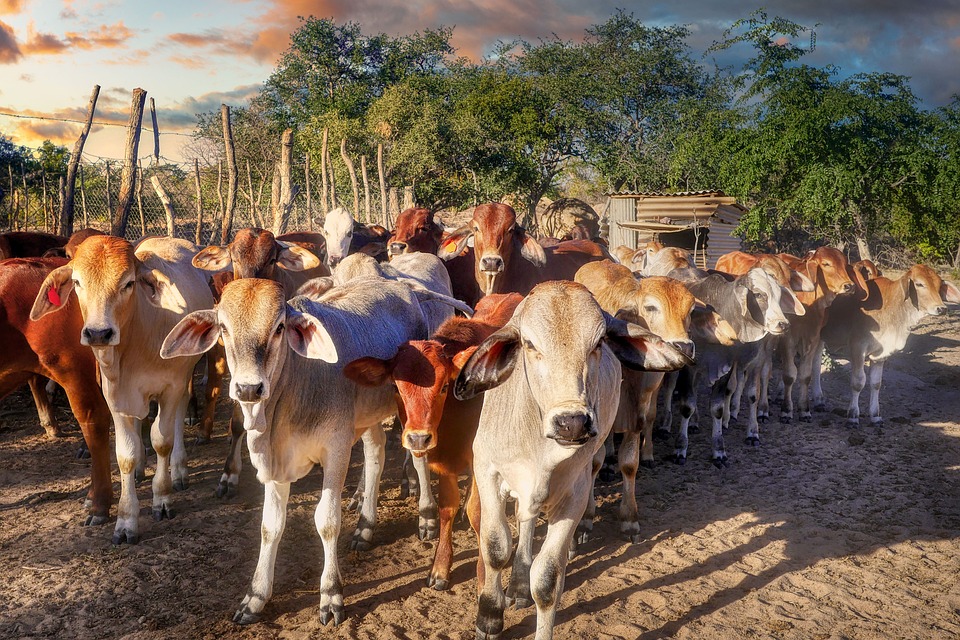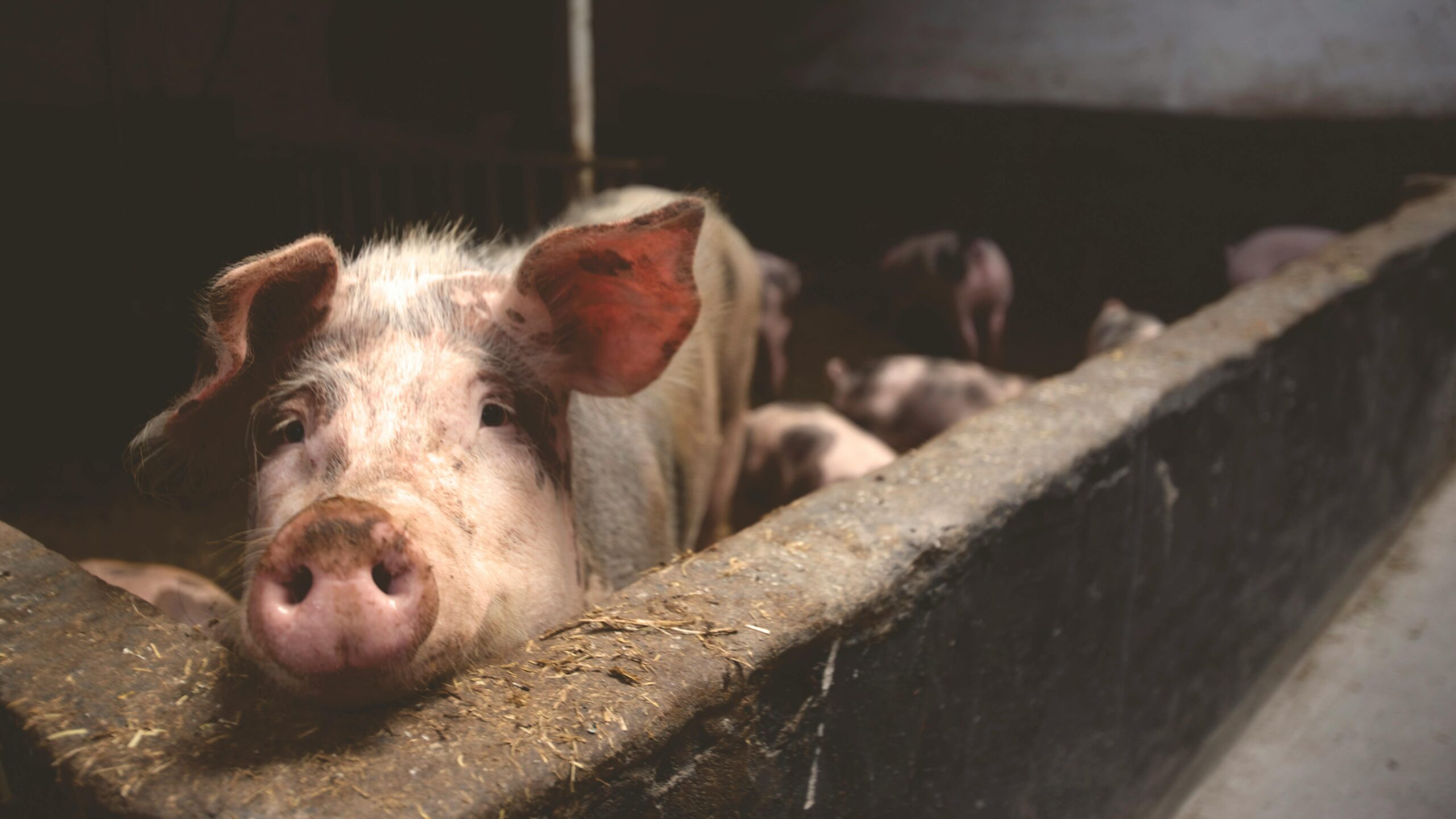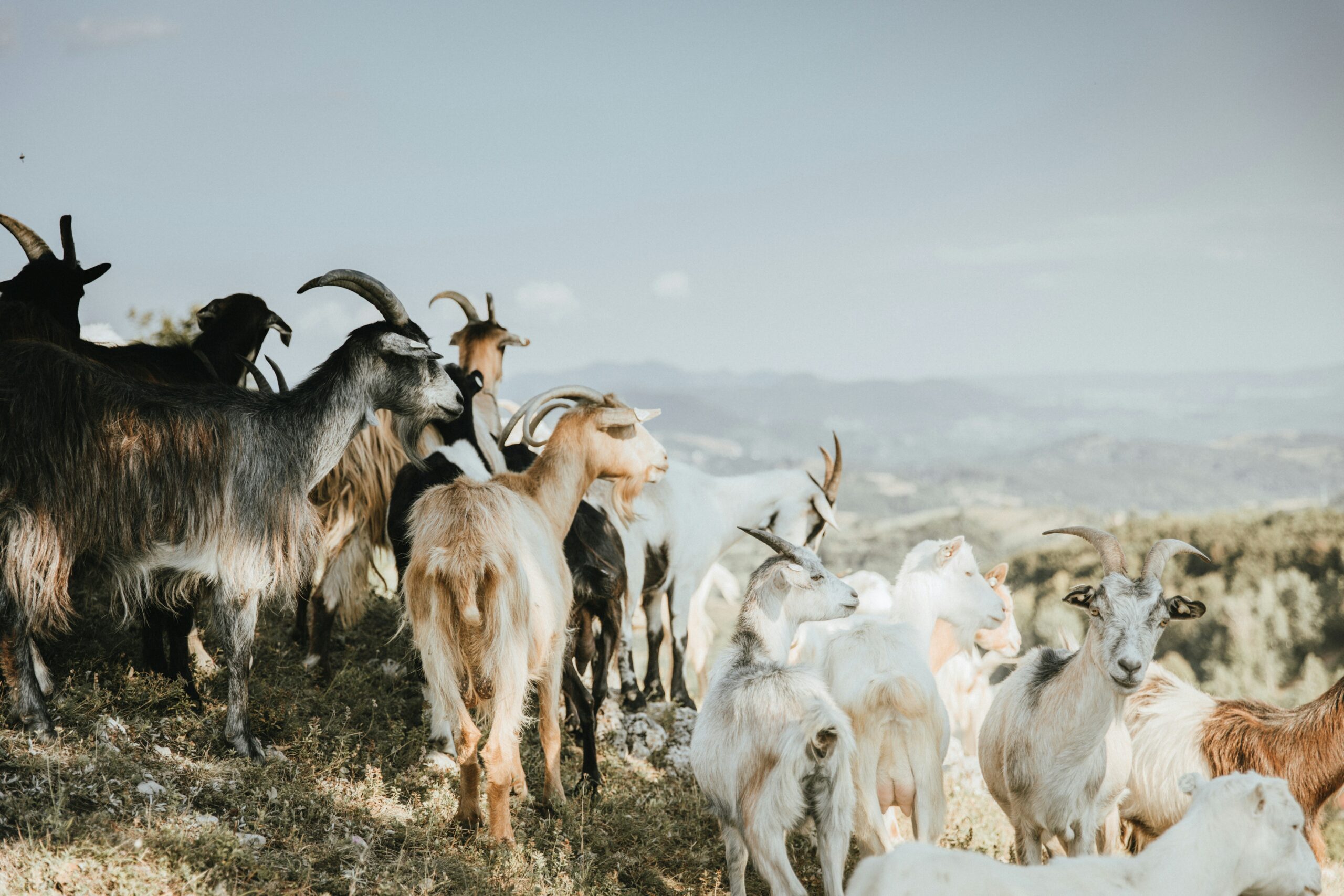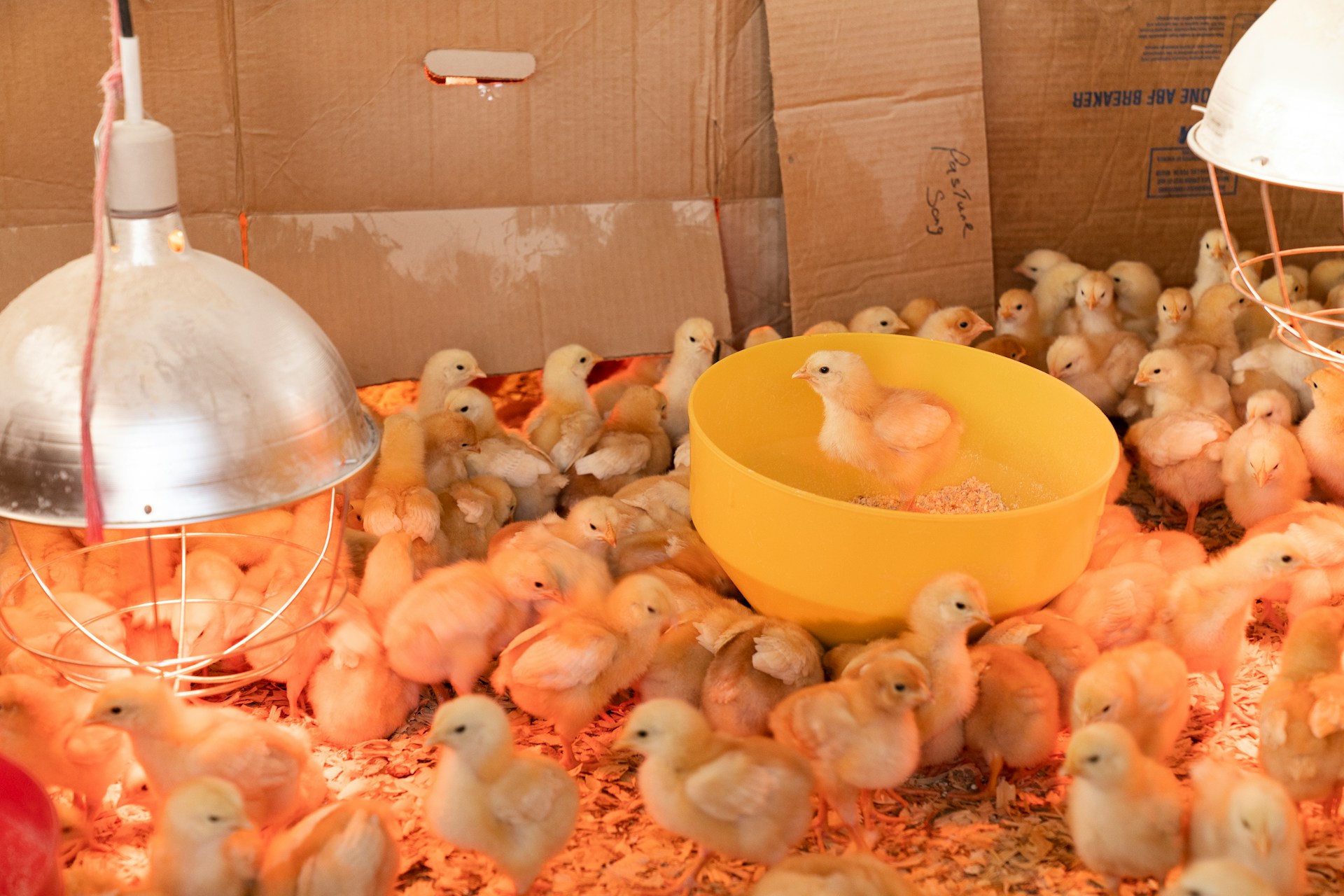Raising dairy calves is a challenge for any dairy farmer. Many losses occur through death and poor growth. These losses can be minimised, and health outcomes are improved if the calves are started out well. Even when a calf survives a disease, negative economic impacts may be felt, and the calf may never reach her full genetic potential.
Calves hit by diseases have been shown to produce less milk in their first lactation than calves that received no treatment for diseases. With that in mind, it is essential that the farmer embraces disease prevention and not treatment. In order to have success in raising the calf from birth to maturity, a dairy farmer must employ good calf management practices. This article outlines the key factors that must be considered when looking at the best management practices for dairy farmers to successfully raise their calves.
Housing
Upon birth, calves should preferably be moved to a clean and deep-bedded pen. A movable pen can be better to avoid pathogen build-up in the pen.
The unmovable facility should be well ventilated but free of drafts as this may chill the calf. Good ventilation will help the calf cool off in hot weather and reduce dust, pathogens, and manure gases.
Calves spend approximately eighteen hours a day lying down, so the depth helps the calf cool off in hot weather and reduces dust, pathogens, and manure gases. Calves spend approximately eighteen hours a day lying down, so the depth and type of bedding material used are important. Quality, consistency, availability, cost, and handling of materials will be on-farm factors to consider. However, avoid using dusty materials, like very finely ground sawdust, because it can cause or worsen respiratory problems. Beddings must be kept dry and clean. Bacteria need moisture to grow, so once bedding gets wet with manure, urine or spilled water, bacteria will multiply rapidly, increasing the chances of calf illness.

Navel disinfection
The umbilical cord of a new-born calf is a potential source of infection because it is still open. If bacteria enter the umbilical cord they can have easy access to vital parts of the calf’s body. Consequently, as soon as possible after birth, the navel should be dipped in a seven percent iodine-based solution. Dipping the navel in a teat dip cup or other similar tool immediately after birth and again within twelve hours should keep navel infection rates as low as five percent. Check navels regularly for about a week after birth.
Record-keeping
Good records help farmers to manage calves by detecting and solving problems early and by giving the history of that calf. Although good records do not ensure that a dairy farm will be successful, success is definitely more difficult without them. Some important information to record for each calf include:
- Ear tag containing the calf number and date of birth
- Location of birth (if multiple pens or fields are available)
- Sex
- Breed
- Birth and progressive weight
- Dam and sire particulars
- Any diseases and vital signs observed, and any treatments given,
- Colostrum
Colostrum contains immunoglobulins (Ig) which are antibodies that help calves fight disease. A newborn calf should take in one litre of colostrum within the first two hours of birth from its mother or from a bottle if it fails to suck from its dam; and another one to two litres (based on calf size) within twelve hours of birth.
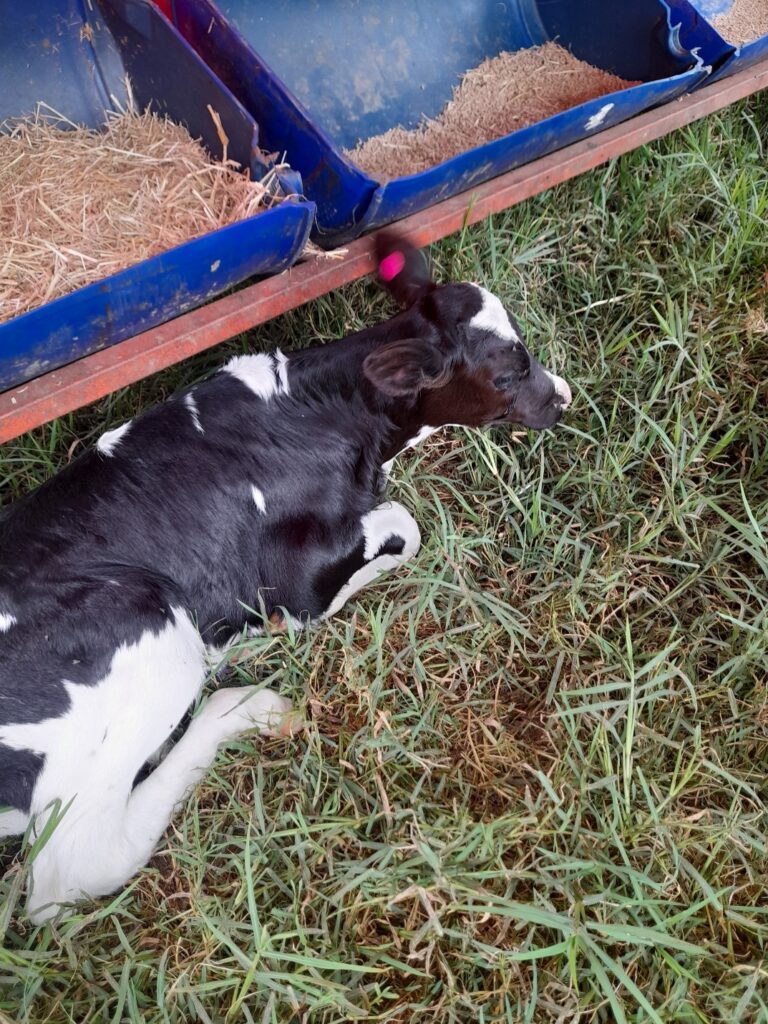
Calves that do not receive an adequate quantity of colostrum within the first six hours of life are fifty percent more likely to have poor immune systems. Make sure that calves receive fresh colostrum at body temperature.
Milk
The goal of calf nutrition is to promote healthy, efficient, and rapid growth through milk and to enhance rumen growth and function by initiating grain intake. In their first week of life, calves should be given milk or milk replacer because it contains all the necessary nutrients for the calf.
The recommendation is that calves consume one to two litres of milk or milk replacer per day depending on the breed. There are many viable milk feeding options available, including whole milk, waste milk, and milk replacer. The best option for each individual farm is generally determined by price, availability, and convenience.
Weaning
Weaning age varies from four to six weeks of age, depending mainly on feeding strategies. Age should not be the only criterium for weaning calves. Instead, consider making that decision based on daily dry matter intake.
Weaning should be done gradually. Abrupt weaning is not recommended because it can lead to harmful consequences, including increased cross-sucking, signs of hunger, and reduced weight gain. Instead, consider reducing milk allowance over a seven-day period leading up to weaning.
Water
Water is important to any living thing. When a calf is born, its body has around seventy percent water. Water is essential to raising healthy calves and must be provided separate from milk from an early age. Water plays essential roles to prevent dehydration in a calf and also in rumen development.
Calves are on a liquid diet, so it may seem that offering water is not necessary, but that is not true. Offering water separate from milk will increase weight gain by increasing dry feed intake.
Calf starter
The purpose of the calf starter is to transition the calf from the milk-feeding period to the dry-feeding period. Calf starter should be offered to calves starting at about four to seven days of age depending on the management system practice at the farm. In the first week, expect a low feed intake. It is important to encourage the calf to eat by rubbing the feed on its muzzle to establish familiarity.
To maintain calf feed quality and intake, avoid starter that is dusty, mouldy, wet, or off-flavour. Wet or high moisture starter is more likely to get mould, especially in hot weather.

Tiger Animal Feeds produces calf starter pellets that meet all the nutritional requirements of a calf getting started on solid foods to help calves reach target growth goals. This calf starter is a blend of high-quality concentrate, and short fibre, with both macro and micro-elements, as vitamins which meet all the calf’s nutrition requirements.
Feeding recommendations are as follows:
- To be fed ad libitum, to weaning, with clean fresh water
- Restrict water for twenty minutes post feeding of milk
- Offer small quantities of good quality hay, post-weaning, ad libitum
Expected feed intake from birth to 21 weeks will be 2 kg per day for Holstein and 1,5 kg per day for Jerseys.
| Calf starter percentages | |
| Moisture | 12 |
| Protein | 18 |
| Fat | 5 |
| Fibre | 10 |
| Calcium | 1,4 |
| Phosphorus | 0,7 |
Table 1: Composition of calf starter feed.
Animal welfare is important throughout the entire life of a dairy animal. However, the newborn dairy calf needs extra attention because they are born with little to no immune response and, therefore, are at a greater risk of developing diseases. Well-managed calves may have improved lactation performance, reduced disease incidence, and decreased culling rate. Well-managed calves may also be able to express their full genetic potential.
Contact Barbara M Simbaya at Tiger Feeds on +260-96-920-2207 for more information on raising dairy calves.




